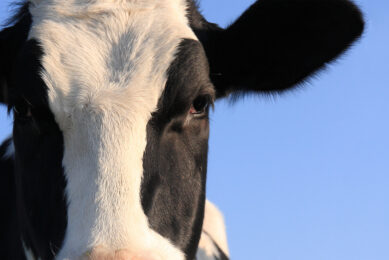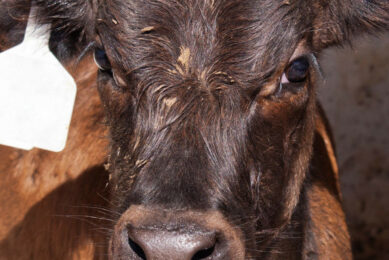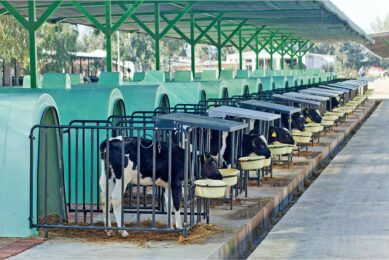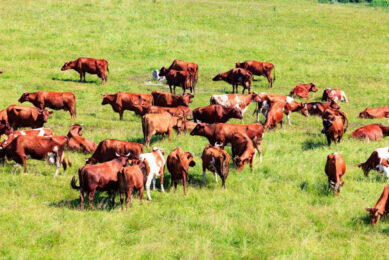Using genetics for better colostrum
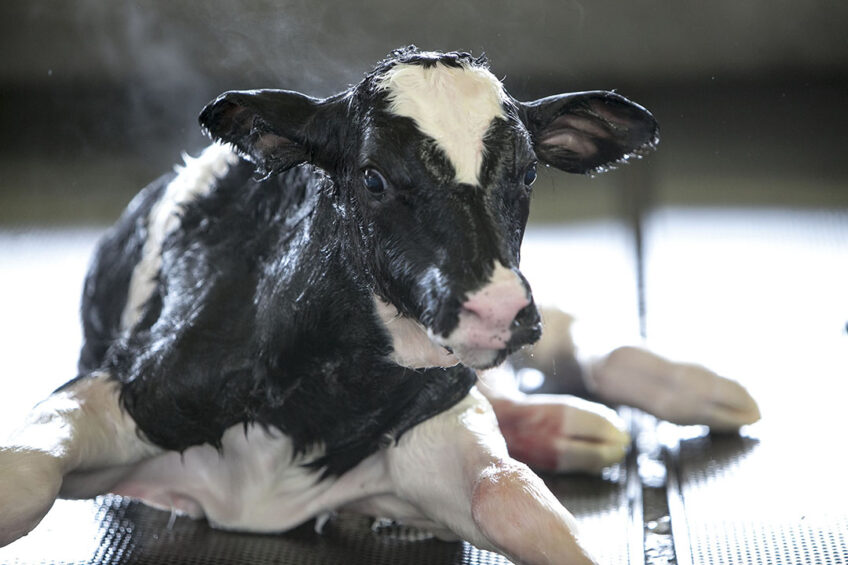
The Elevate genomic test, developed by Semex in cooperation with the University of Guelph, provides standard genomic results plus exclusive female immune response results that will identify an animal as a low, average or high immune responder.
Females with High Immune Response (Figure 1) have inherently superior immunity, reducing disease occurrence, delivering better response to commercial vaccines and producing higher quality colostrum. When bred to Immunity+ sires, producers naturally improve their herd’s health.

Higher quality colostrum
Dr Bonnie Mallard and her University of Guelph research team, including immunogenetics project leader Dr Lauri Wagter-Lesperance, also continues to research the benefits of having calves consume the colostrum of high responding females. Their findings indicate that High Immune Response (HIR) cows also have higher quality colostrum with more antibodies compared to average and low responding cows for the first six weeks after calving.
Figure 1 – Higher quality colostrum.

Dr Wagter-Lesperance says the best time to give colostrum is immediately after birth in order to absorb antibodies and cells into a calf’s bloodstream. She adds that the next best window for colostrum feeding is within the first six hours after birth. After 24 hours, gut closure occurs, and the window of protection is no longer available to the calf. While experts recommend four litres of colostrum per feeding, not all newborn calves can consume this much in a single feeding. That’s why the colostrum of HIR cows is so important — it provides the calf with a higher concentration of antibodies per unit of volume consumed, explains Dr Wagter-Lesperance.
| Partnership Cattle genetics company Semex partnered with the University of Guelph over 20 years ago to identify dairy cattle genetics that will produce naturally healthier animals. Dr Bonnie Mallard and her University of Guelph research team developed the High Immune Response (HIR) technology that powers Semex’s Immunity+® lineup launched in December 2012 as well as the Elevate® genetic test, a dairy management tool. |
Best start for calves
“Our research shows that calves getting the colostrum from high responding dams have more antibodies in their blood,” adds Dr Wagter-Lesperance. “The correlation is very significant.” So what does all this mean for dairy producers? Dr Wagter-Lesperance and the Guelph team believe the research indicates:
• Calves from HIR dams benefit from the best possible start as their dams offer a higher concentration of antibodies, cells and other factors in their colostrum.
• Colostrum from HIR dams can be given fresh (rich in antibodies, cells and other factors), or frozen (rich in antibodies, cells and other factors) to calves from low and average immune response dams giving all calves the best possible start.
• If a herd has been exposed to a particular pathogen, HIR dams provide colostrum that is rich in antibodies and immune cells providing protection against organisms causing disease in their environment.
The collaboration between Semex and University of Guelph continues to help optimise milk production by reducing the time and money producers spend on treating sick animals with antibiotics or other therapeutics.
Join 13,000+ subscribers
Subscribe to our newsletter to stay updated about all the need-to-know content in the dairy sector, two times a week.



